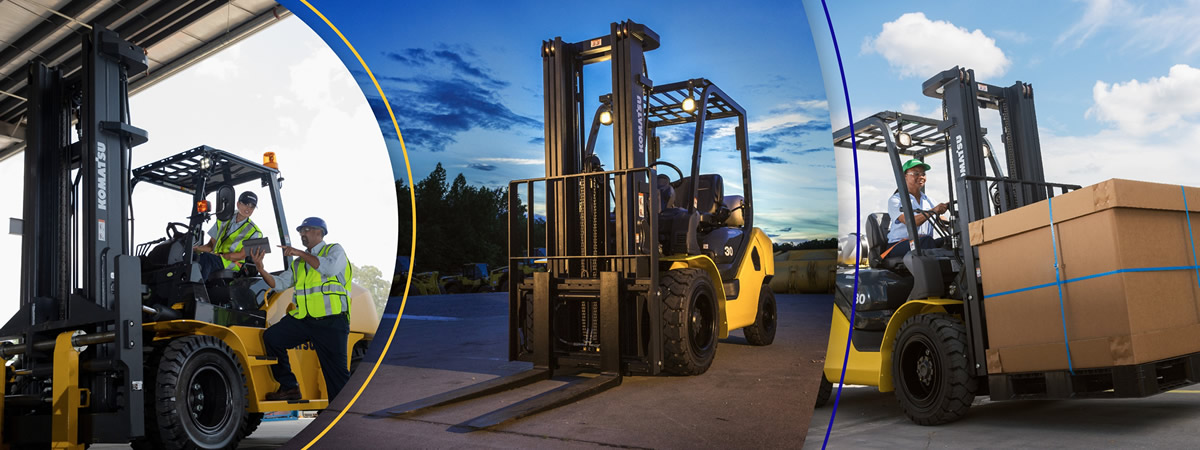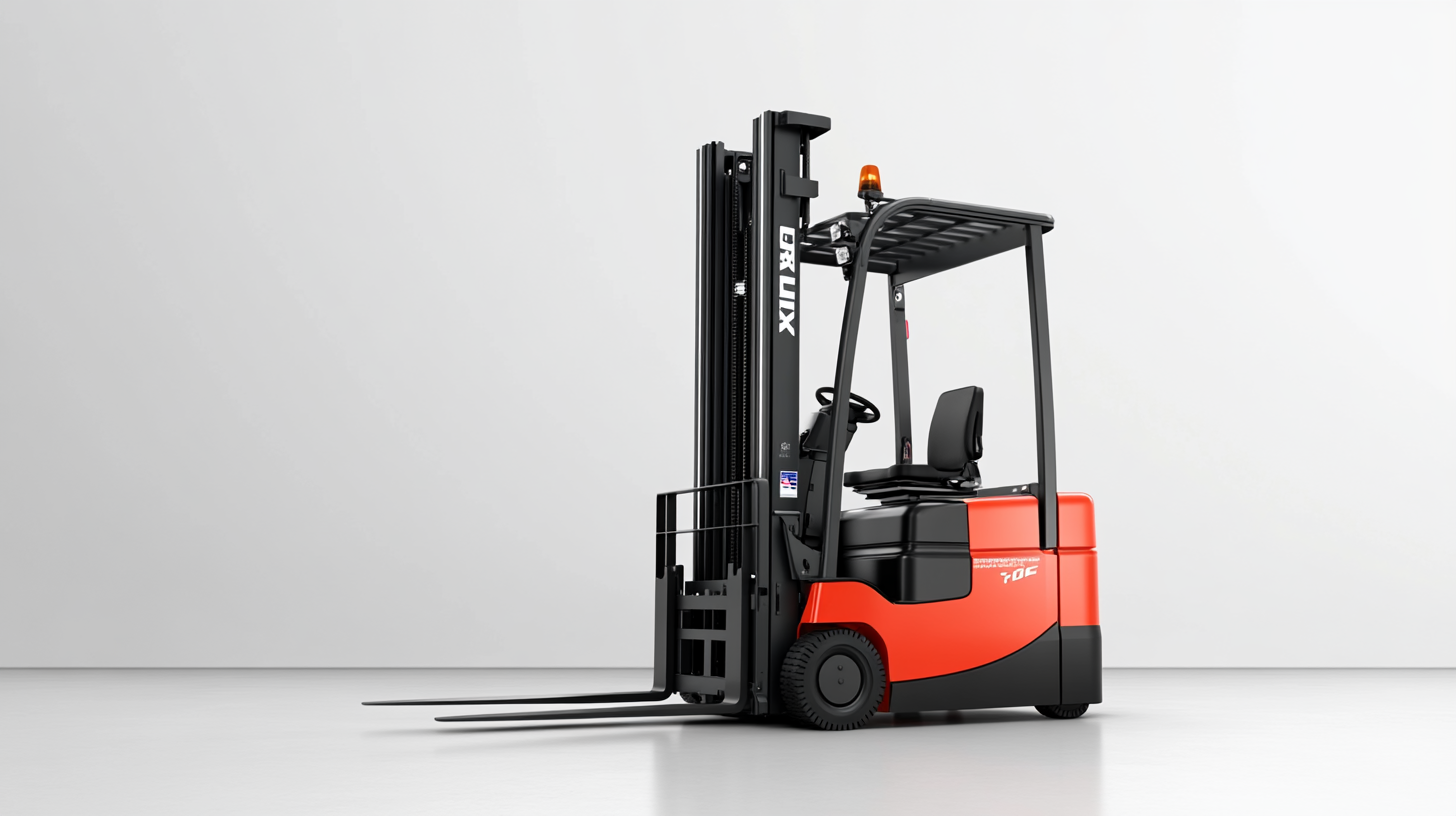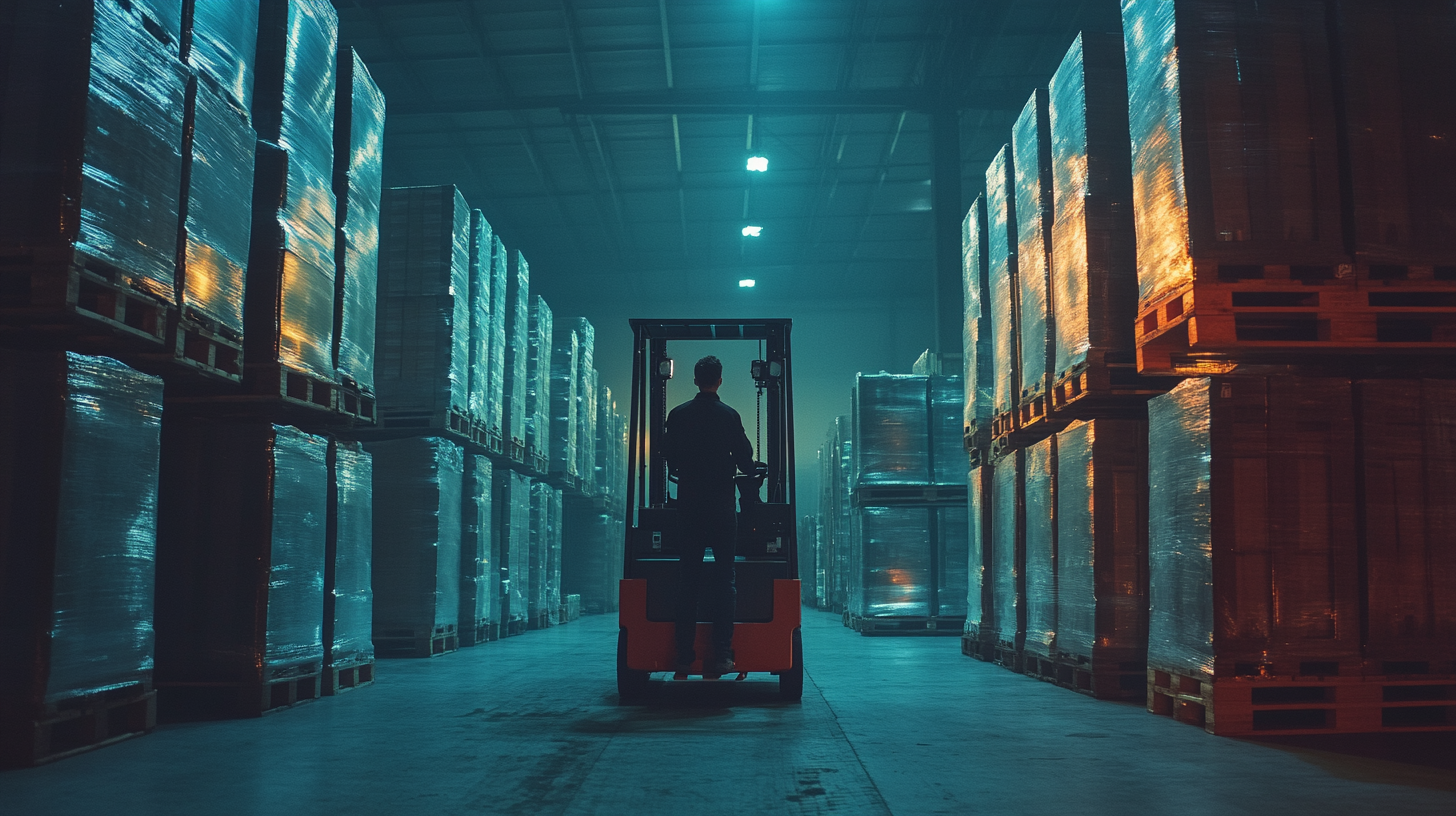
In today's rapidly evolving industrial landscape, the demand for efficient logistics and material handling solutions has intensified. The global forklift market was valued at approximately $54 billion in 2021, with expectations to grow at a compound annual growth rate (CAGR) of around 5% through 2028, according to a report by Grand View Research. This significant growth is driven by increasing automation in warehouses and the need for businesses to streamline their operations. Investing in a new forklift can be a game-changer for companies looking to enhance productivity, improve safety, and reduce operational costs.
As businesses continue to adapt to the changing dynamics of supply chain management, the advantages of using a new forklift cannot be overstated. Modern forklifts are equipped with advanced technologies that not only increase lifting capacities and efficiency but also promote a safer working environment. The Occupational Safety and Health Administration (OSHA) reports that roughly 20,000 forklift-related injuries occur annually in the United States, underscoring the importance of up-to-date equipment. A new forklift not only mitigates these risks but also positions a business to leverage innovative features that enhance overall performance and support long-term growth.

Upgrading to a new forklift is crucial for maximizing efficiency in today’s fast-paced business environment. As industries evolve, the capabilities of forklifts have advanced significantly, driven by innovations such as embedded workstations that enhance the functionalities of autonomous forklifts. These modern machines not only improve operational speed but also reduce human error, ensuring that tasks are completed with precision. According to industry reports, adopting advanced material handling equipment can lead to efficiency increases of up to 30%, making a compelling case for businesses to invest in new forklifts. The benefits of modern forklifts extend beyond mere efficiency. These vehicles are often designed with eco-friendly technologies, which can contribute to a company's sustainability goals while reducing operational costs. For instance, electric forklifts offer lower running costs and environmental impact, appealing to businesses looking to enhance their green credentials. Additionally, report findings indicate that companies utilizing advanced equipment tend to experience less downtime and lower maintenance costs, creating a stronger bottom line. Integrating new forklifts into warehouse operations can also streamline workflows and maximize space utilization. With features such as advanced maneuverability and enhanced lifting capabilities, modern forklifts facilitate better inventory management and faster order fulfillment. This is especially vital in environments where efficiency and speed are essential to remain competitive. Overall, investing in a new forklift can significantly propel a business towards greater operational success, aligning with trends that emphasize both efficiency and sustainability in material handling.

Investing in new forklifts can significantly enhance safety standards in your warehouse, a crucial aspect in an industry increasingly focused on employee safety. As the logistics sector evolves, the implementation of modern forklift technology aligns with the latest safety regulations, which are becoming more stringent each year. For instance, reports indicate that by 2025, companies will need to adopt comprehensive safety measures to meet the changing landscape of warehouse safety regulations. This shift underscores the need for businesses to upgrade their equipment to not only comply but also foster a safer work environment.
Moreover, the human element in forklift operations cannot be overlooked. Effective safety programs hinge on a workforce that is well-trained and committed to safety practices. Implementing loss trend analysis can help organizations identify potential risks and address them proactively. Recent insights reveal that strengthening collaboration between procurement and safety teams can tailor safety protocols to ensure that equipment, including forklifts, meets stringent safety standards and minimizes workplace accidents.
Additionally, advancements in forklift technology, such as autonomous functionalities, contribute to safer operations by reducing the chances of human error. Innovative designs are making workplaces safer, and investing in modern forklifts that incorporate these technologies is vital for businesses aiming to mitigate risks. In fact, the forklift market is projected to exceed USD 79.9 billion by 2033, driven by the urgent need for efficient and safe material handling solutions across various industries.

Investing in a new forklift can significantly enhance the efficiency and profitability of your business. One of the most compelling reasons to consider this upgrade is the long-term cost-effectiveness associated with advanced forklift models. According to a report by the Industrial Truck Association, modern forklifts can achieve fuel savings of up to 25% compared to older models, primarily through improvements in engine efficiency and technology. By reducing fuel consumption, businesses can lower operating costs, which adds up to substantial savings over the lifespan of the equipment.
Furthermore, new forklifts often come equipped with advanced features such as regenerative braking systems and energy-efficient drive motors. The Materials Handling Industry reports that implementing such technologies can decrease maintenance costs by nearly 30%. With fewer breakdowns and lower repair expenses, companies can redirect those funds into other areas of their operations, fostering further growth.
Moreover, advanced models often feature improved safety mechanisms that can decrease workplace accidents by 20%, as highlighted by the Occupational Safety and Health Administration (OSHA). This reduction not only protects employees but also minimizes potential costs related to liabilities and downtime. In conclusion, the initial investment in a new forklift is a strategic move that can lead to significant long-term financial benefits, making it an essential consideration for any business looking to thrive in a competitive market.

Investing in a new forklift can significantly enhance your business operations and productivity. A modern forklift is designed with advanced technology and ergonomic features that streamline loading and unloading processes. This efficiency not only reduces the time spent on these tasks but also minimizes the risk of workplace accidents, allowing your team to focus more on their core responsibilities rather than getting bogged down by outdated equipment.
Moreover, a new forklift often comes equipped with better fuel efficiency and lower maintenance costs. This translates to direct savings for your business, all while increasing the reliability of your material handling operations. With improved performance metrics, such as faster lift times and higher lifting capacities, your warehouse can handle more inventory at a quicker pace, which is crucial for meeting customer demands and expanding market reach.
Additionally, the integration of smart technology in new forklifts, such as telematics and automation features, gives operators real-time data for decision-making. This data-driven approach optimizes resource allocation and workflow efficiency, leading to a more responsive and agile operation overall. By embracing these innovations, businesses not only propel their productivity but also position themselves for sustainable growth in a competitive landscape.
In today's fast-paced market, where efficiency and productivity dictate success, investing in modern equipment is crucial for any business aiming to stay competitive. A recent survey by the Material Handling Industry of America revealed that companies using outdated forklifts may experience a productivity loss of up to 25%. In contrast, new forklifts are equipped with advanced technologies that enhance operations, reduce downtime, and minimize labor costs. This investment not only enables businesses to streamline their processes but also helps in maintaining a steady workflow.
Additionally, with increasing regulations and safety standards, outdated equipment poses significant risks. According to the Occupational Safety and Health Administration (OSHA), warehouses using older forklifts often report higher accident rates. New forklifts come with improved ergonomic designs and safety features, ensuring compliance with safety regulations and promoting a safer working environment for employees. This not only protects workers but also reduces potential legal liabilities associated with workplace accidents.
Furthermore, modern forklifts often come fitted with telematics systems that provide real-time data and analytics to business owners. These insights allow for better fleet management and informed decision-making regarding maintenance schedules, ultimately prolonging the lifespan of the equipment. According to findings from the National Forklift Safety Program, companies that invest in up-to-date machinery can expect a return on investment (ROI) of up to 20% due to enhanced operational efficiency and reduced maintenance costs. This data underscores the importance of not just keeping up but investing proactively in modern equipment to foster sustained growth in a competitive market.
Content © 2025 Komatsu. All Rights Reserved
